New design. The central design element is the sweep, which visually emphasises the aspect ratio of the wing, complemented by a differently coloured banderole on the outer wing. The product and brand name can be seen on the banderoles. What is special about the banderole is that its placement and composition across several cells varies slightly from model to model.
3D-Shaping. In 3D-shaping, a seam on the upper surface extends over the entire span and reduces the amount of folds caused by the curvature over two axes. Two axes, because the sail cloth has to align to the profile form and the ballooning also determines a radius which the cloth also has to follow. What is ballooning? The internal pressure of the glider is higher than the external pressure at almost all points of the upper and lower surface. This determines how the cell inflates. The resulting "bulge" of the cell is called "ballooning".
Air Scoop. Air Scoop is the term used to describe an adjustment of the cell opening that ensures that the intake surface is less reduced when flying at high speed. The idea is similar to the ram-air inlet duct on a sports car: the more intake area the more charging and internal pressure. It improves the collapse resistance, particularly in accelerated flight, and simultaneously increases performance. This feature enhances both safety and performance.
Weight-optimised cloth. We not only test the sail cloth for durability (high porosity or reduced tear resistance through UV damage or wear) but also for mechanical robustness, for example stretching. For quality control purposes we regularly take samples during serial production.
Simple line set design. The AONIC only has two line galleries: main lines and gallery lines, but there is no middle gallery. This means only very few line elements and as a result, they are very simple to sort.
Re-designed risers. The AONIC risers are a combination of the risers used on our well-established PRION and ION models. From the former, we took the distinctive colour-coding (big ears, B-line stall), from the latter the somewhat narrower and lighter material.
Ergonomic brake handles. We first developed the new brake handles for the MENTOR 6, and they have been so popular that they also feature on the AONIC. The new brake handles have an ergonomic design and are comfortable to handle.


















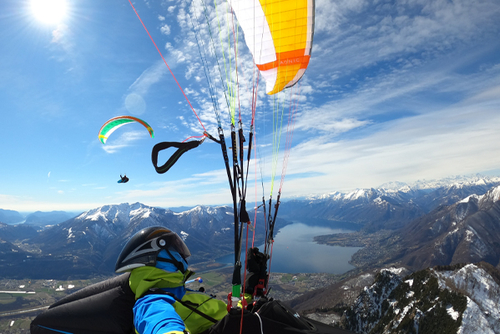
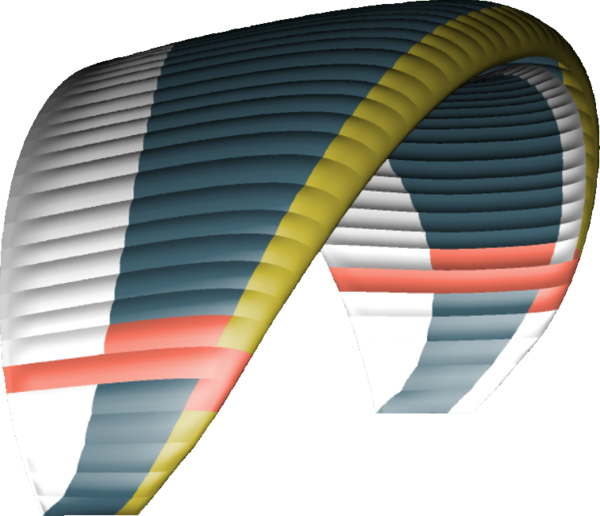 Blue
Blue
 Gold
Gold
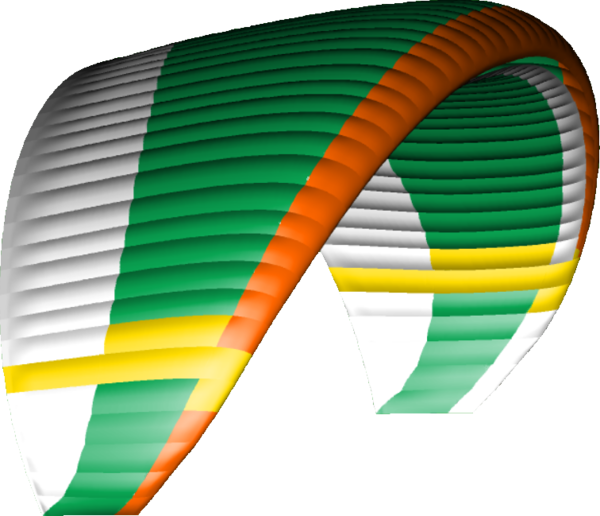 Green
Green
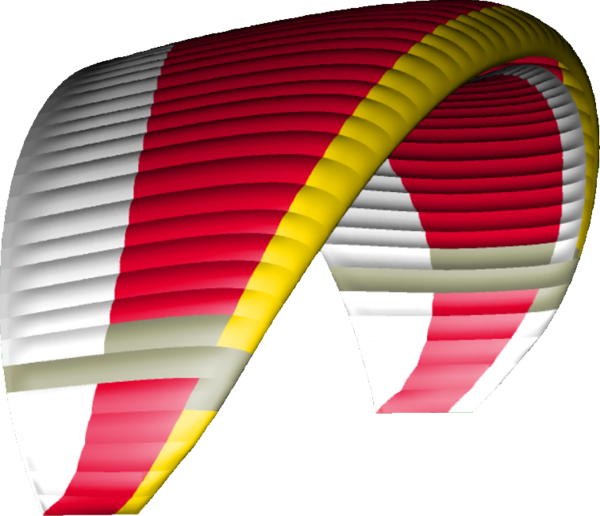 Red
Red








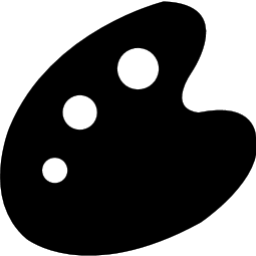

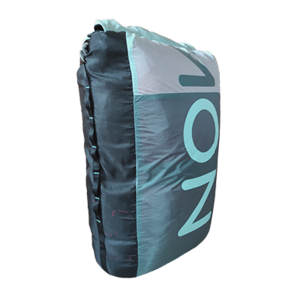 NOVA Stuff Sack.
NOVA Stuff Sack.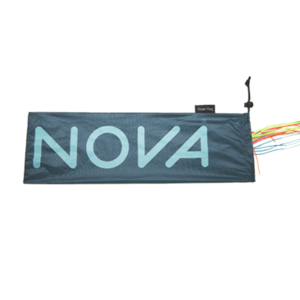 NOVA Riser Bag.
NOVA Riser Bag.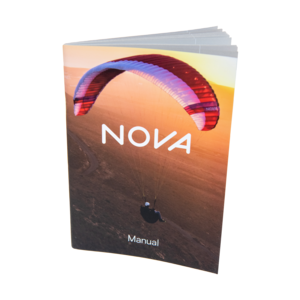 Manual.
Manual.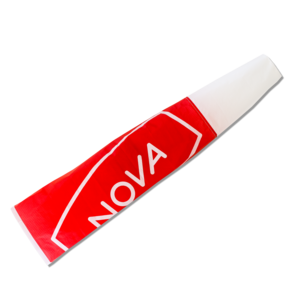 NOVA windsock.
NOVA windsock.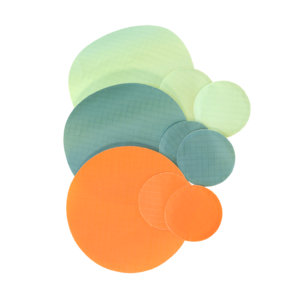 Repair kit.
Repair kit.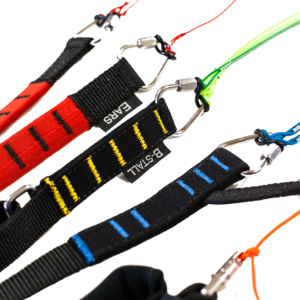 Student Riser (optional).
Student Riser (optional).